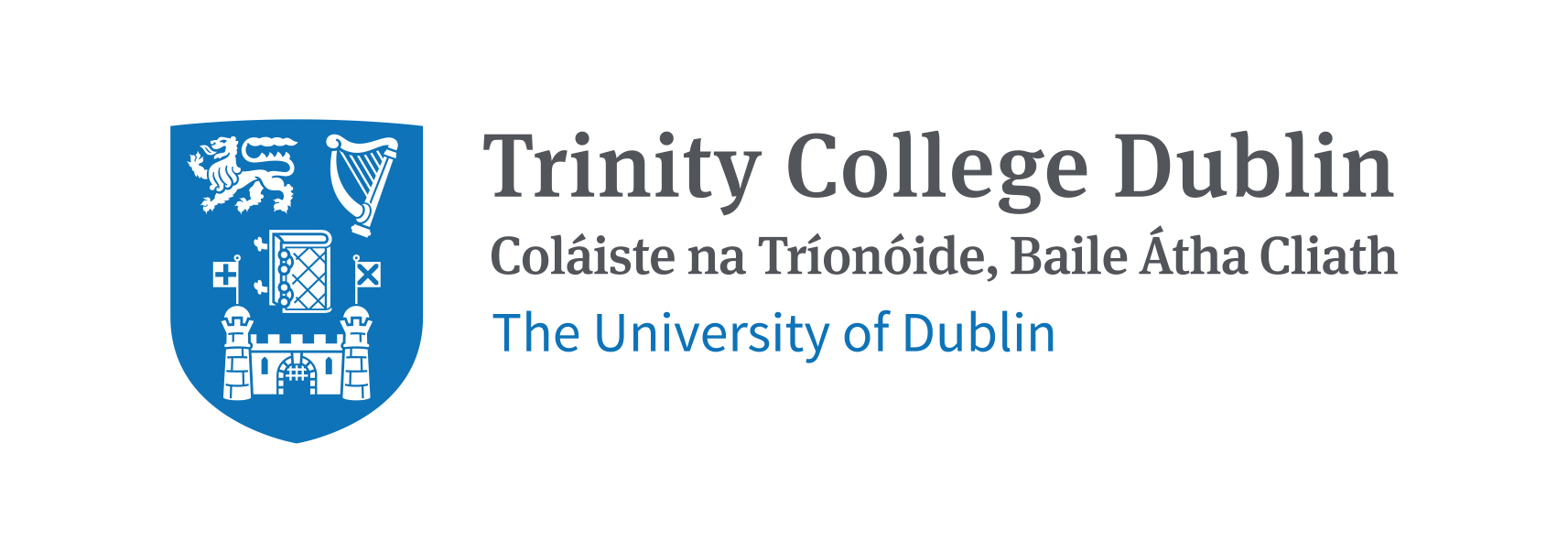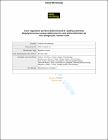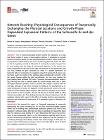Browsing by Subject "Virulence"
Now showing items 1-6 of 6
-
FNR is a regulator of Salmonella pathogenicity Island 2 in Salmonella Typhimurium
(Trinity College Dublin. School of Genetics & Microbiology. Discipline of Microbiology, 2019)During infection, S. Typhimurium employs Salmonella pathogenicity island (SPI)-encoded type three secretion systems (T3SS) 1 and 2 to invade and survive in host cells. However, expression of SPI-2 is seen at the epithelial ... -
Lower filamentation rates of Candida dubliniensis contribute to its lower virulence in comparison with Candida albicans
(Elsevier, 2007)Candida albicans and Candida dubliniensis are very closely related yeast species. In this study, we have conducted a thorough comparison of the ability of the two species to produce hyphae and their virulence in two ... -
Network rewiring: physiological consequences of reciprocally exchanging the physical locations and growth-phase-dependent expression patterns of the Salmonella fis and dps genes
(2020)The Fis nucleoid-associated protein controls the expression of a large and diverse regulon of genes in Gram-negative bacteria. Fis production is normally maximal in bacteria during the early exponential phase of batch ... -
The role of the Mediator complex in fungal pathogenesis and response to antifungal agents.
(2023)Mediator is a complex of polypeptides that plays a central role in the recruitment of RNA polymerase II to promoters and subsequent transcriptional activation in eukaryotic organisms. Studies have now shown that Mediator ... -
Understanding the Role of Host Factors in the Modulation of Virulence Factors of Staphylococcus aureus.
(Trinity College Dublin. School of Genetics & Microbiology. Discipline of Microbiology, 2023)Staphylococcus aureus is adept at colonising and infecting the human host. Host factors are known to influence pathogen physiology and this thesis aimed to examine the effects of human bile and human plasmin on S. aureus. ...









